Kochi: Exploring the Queen of the Arabian Sea
Kochi, also known as Cochin, is a mesmerizing port city situated on the southwest coast of India, along the Arabian…
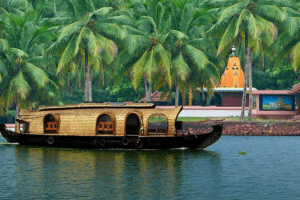
Kochi, also known as Cochin, is a mesmerizing port city situated on the southwest coast of India, along the Arabian…
Unlocking Dehradun’s Historical Treasure Trove Dehradun, a city ensconced in the pristine Doon Valley of Uttarakhand, offers a captivating journey…
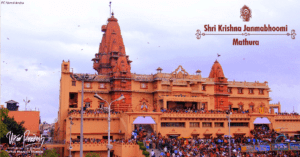
The Sacred Birthplace of Lord Krishna Krishna Janambhoomi, located in Mathura, Uttar Pradesh, is revered as the birthplace of Lord…
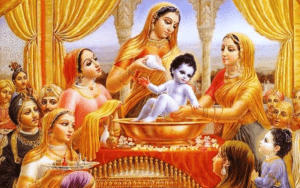
Celebrating the Divine Birth of Lord Krishna Janmashtami, a significant Hindu festival, is celebrated with immense devotion and zeal across…

Jambudvipa The name “Jambudvipa” appears in early Buddhist and Jain texts from around the 3rd century BCE. In ancient Indian…
Introduction: The linguistic reorganization of India stands as a pivotal moment in the country’s history, reflecting its commitment to accommodating…

Introduction The Konark Sun Temple, situated in the coastal town of Konark in Odisha, India, stands as a remarkable testament…
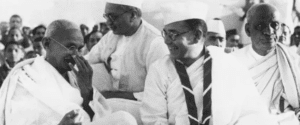
Indian National Congress – A Historical Overview The Indian National Congress (INC) is one of the most storied political parties…
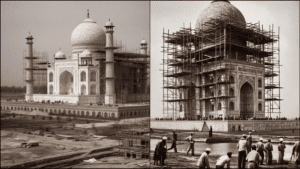
The Taj Mahal: A Masterpiece Shrouded in Controversy and Tragedy The Taj Mahal, often hailed as the most beautiful building…
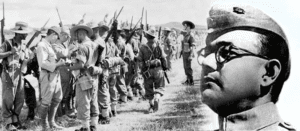
The Indian National Army (INA), a pivotal force in India’s struggle for independence, remains one of the most underappreciated yet…
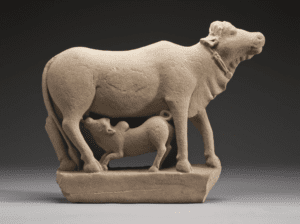
Introduction Hinduism, one of the world’s oldest and most diverse religions, is characterized by its rich tapestry of beliefs, rituals,…
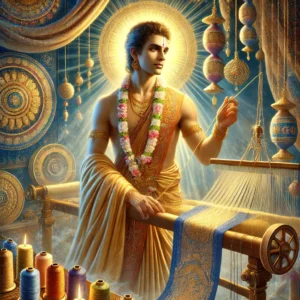
In the vast tapestry of Hindu mythology, gods and goddesses symbolize various aspects of life, nature, and human experience. Among them, Mrekand, the Hindu god of weaving, embodies the artistry and skill that goes into creating textiles and fabrics.

The Kalinga War, fought around 261 BCE, was a turning point in Ashoka’s life, leading to his profound transformation from a ruthless conqueror to a compassionate ruler.
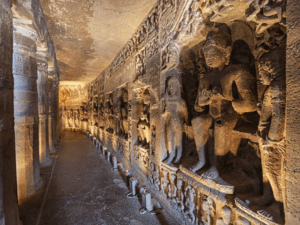
Introduction Nestled deep within the lush hills of Maharashtra, India, lies a mesmerizing archaeological wonder that has stood the test…
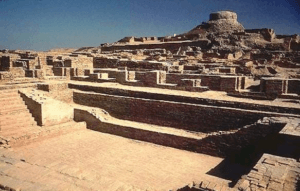
Indus Valley Civilization holds a significant place in world history as one of the earliest urban societies. Its advanced urban planning, trade networks, and craftsmanship reflect a complex and sophisticated society. Although much about their culture and language remains a mystery, the civilization’s legacy continues to intrigue historians and archaeologists, providing valuable insights into the ancient past.

Mumbai, the city of dreams, is a bustling metropolis that never sleeps. With its rich blend of history, culture, and…
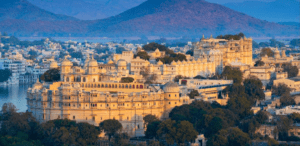
Udaipur, often referred to as the “City of Lakes” or the “Venice of the East,” is a jewel in the…
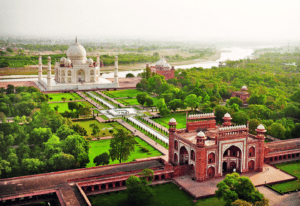
Agra, the city that houses one of the Seven Wonders of the World, the Taj Mahal, is a destination that…
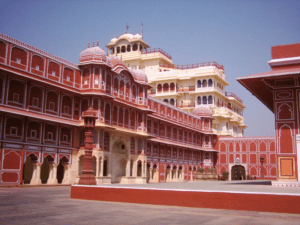
Jaipur, often referred to as the Pink City, is a vibrant tapestry of history, culture, and architecture. Located in the…
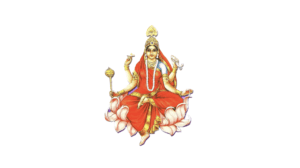
Maa Siddhidatri possesses the siddhis of Anima, Mahima, Garima, Laghima, Prapti, Prakamya, Ishitva, and Vashitva. In addition to providing all eight siddhis to her devotees, she also provides enlightenment.
End of content
End of content